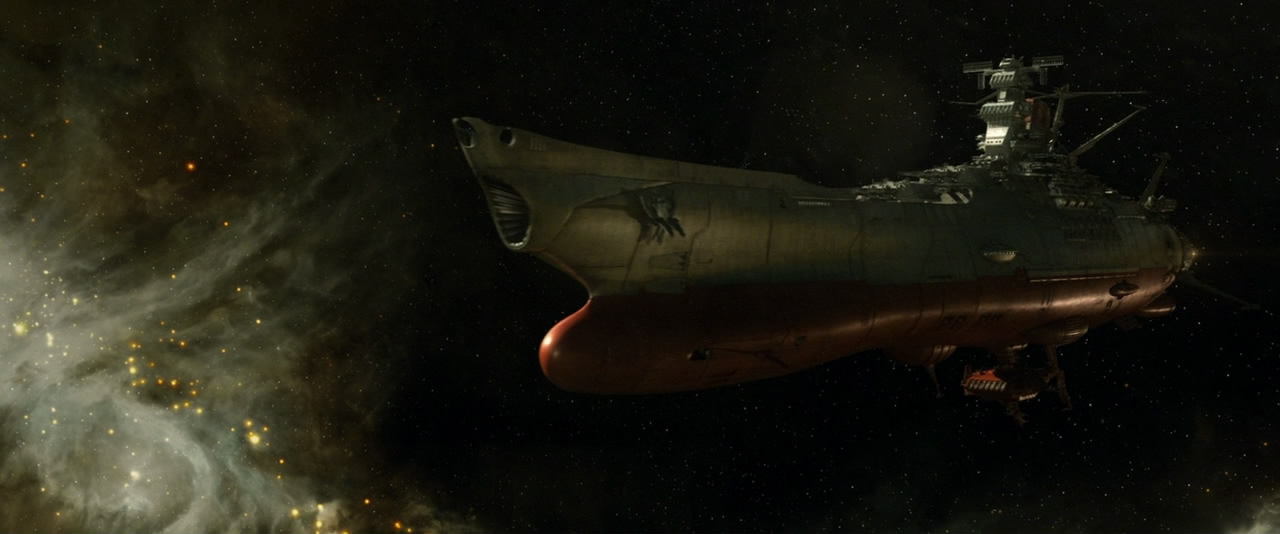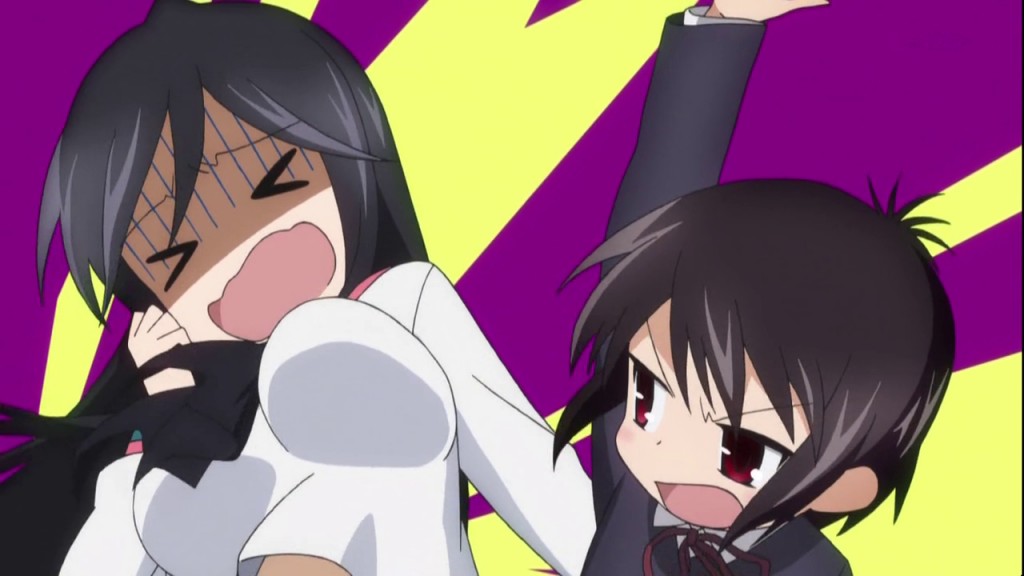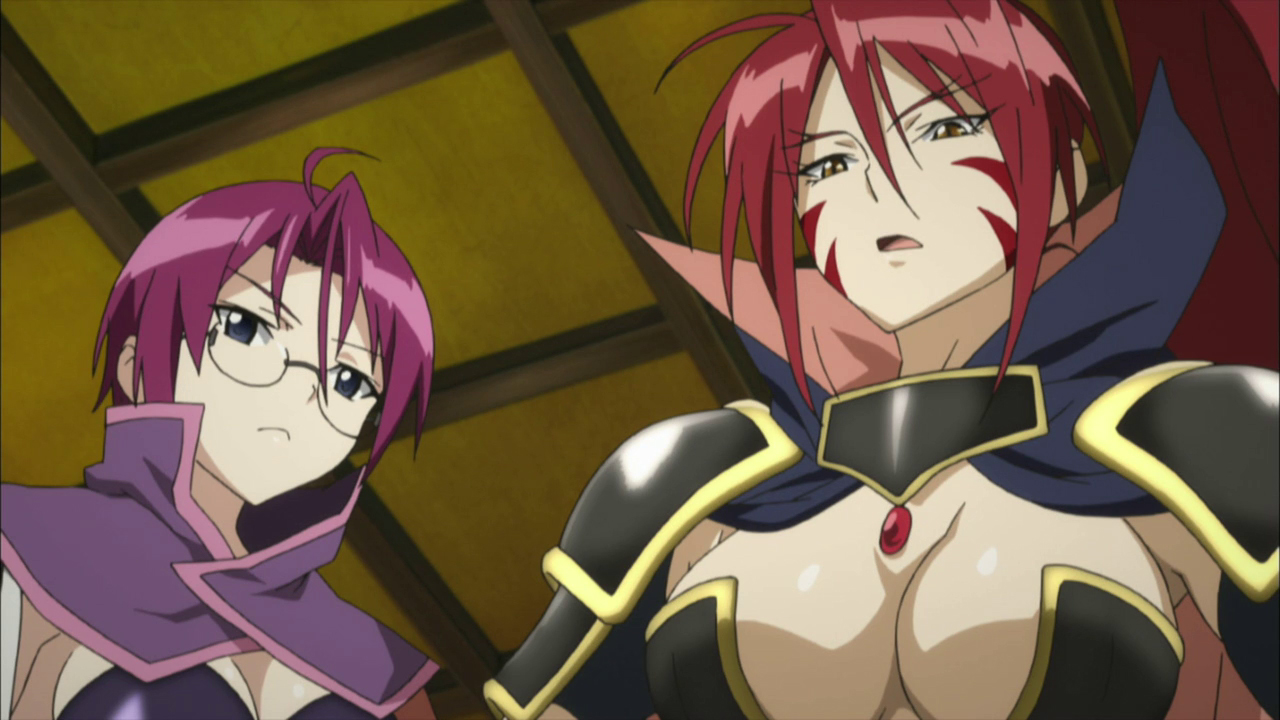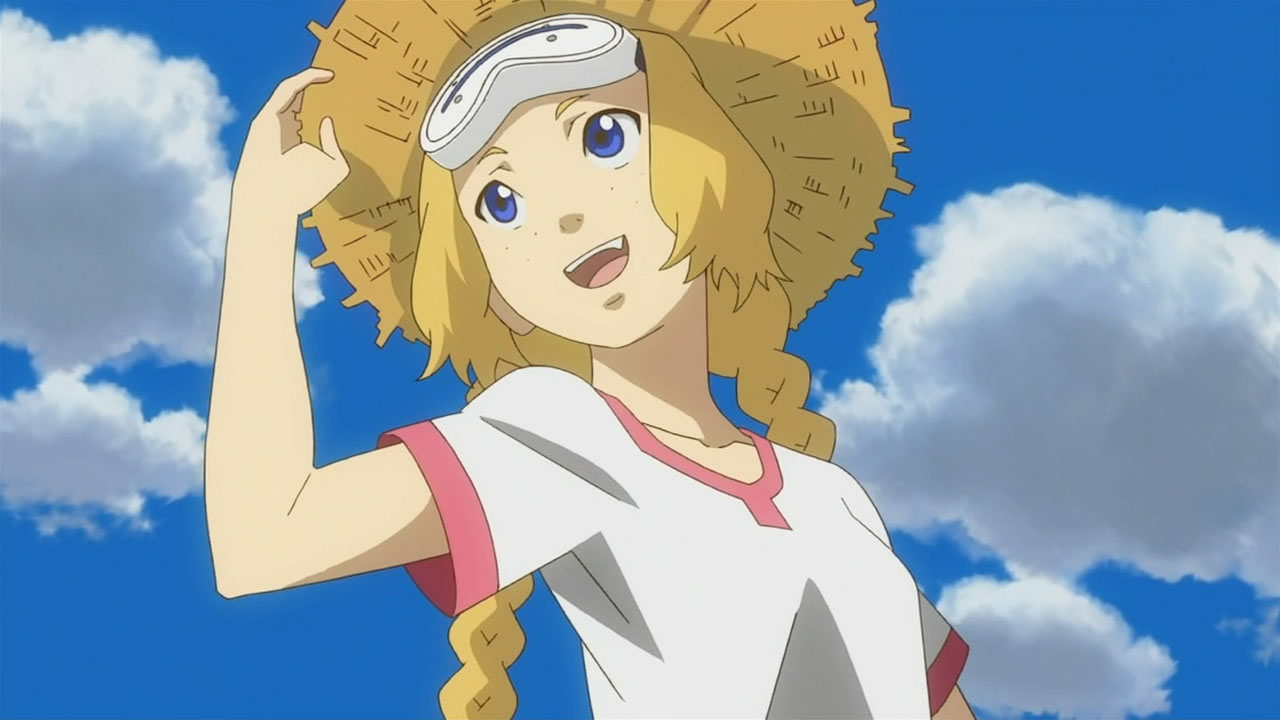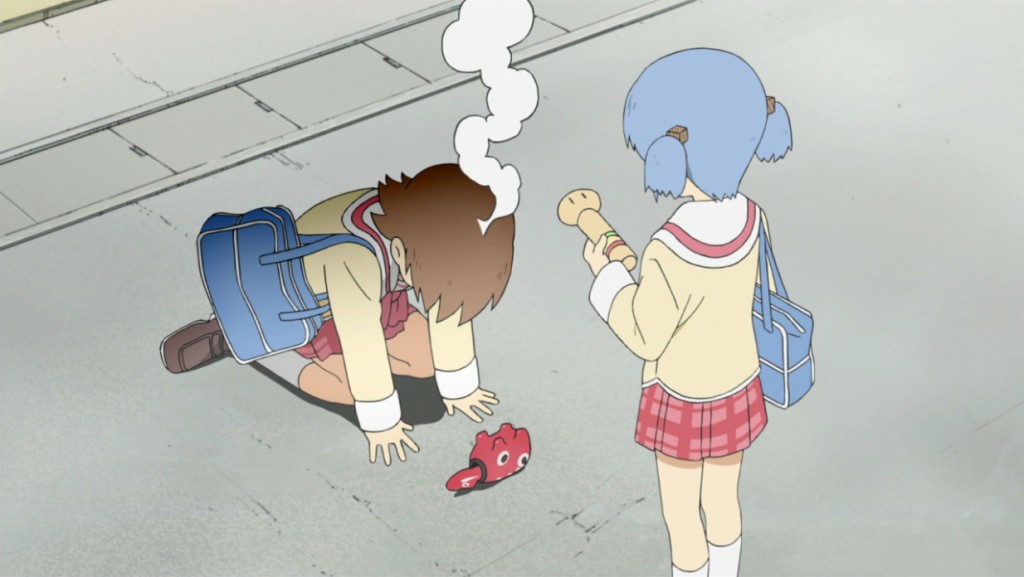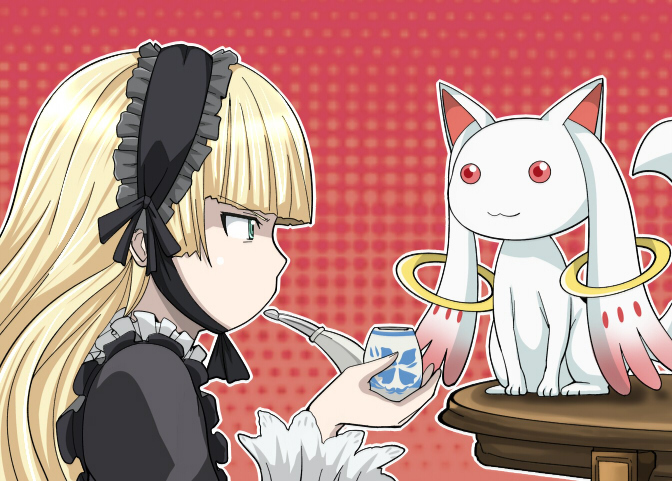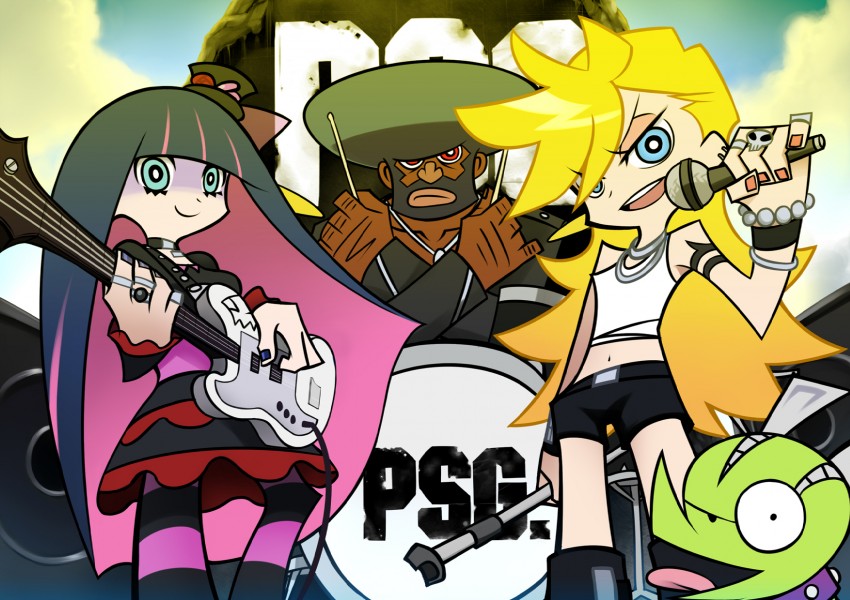Although I’ve never seen the original Space Battleship Yamato anime, nor it’s American incarnation Star Blazers, I’m always a sucker for a good sci-fi action flick. My particular interest in this film was piqued when I saw the trailer; it almost seemed as if the Japanese film industry was trying to make its very own big budget popcorn flick in the vein of Star Wars. As one of Japan’s premier sci-fi franchises on par with Gundam, Yamato seemed like the perfect film to receive this kind of pseudo-Hollywood treatment. However, it was a big gamble… most live-action adaptations of anime created thus far, whether by Americans or Japanese, have been a disappointment. Could Yamato break this trend?
I’m happy to report that the end result is a flawed but fun high-octane sci-fi action film. Although it suffers from all the pitfalls inherent to Hollywood-style blockbusters, it also does an excellent job of playing to its strengths. It is, in every sense of the word, a popcorn film… and a damn entertaining one at that.
In the year 2199, the Earth is under siege by an unknown race of aliens whom humans have named the Gamilas. Although humanity was successful at resisting them initially, the aliens’ technology evolves at a rate faster than humans can match. Now the Earth has been rendered uninhabitable by constant meteorite bombardment, with only a handful of survivors living underground in squalor. The United Nations of Space has refitted the old, scuttled Japanese warship Yamato into Earth’s final star cruiser, intending to evacuate as many survivors as possible. However, a message from the planet Iskandar in the Large Magellanic Cloud offers humanity aid, promising them a device that can cleanse the Earth of radiation and make it livable again. The message also contains schematics for a powerful Wave Motion Engine, which will allow the Yamato to make the journey quickly using warp. As humanity’s last hope, the Yamato sets out on a desperate journey to find Iskandar, dogged by Gamilas attacks along the way.
More after the break.

